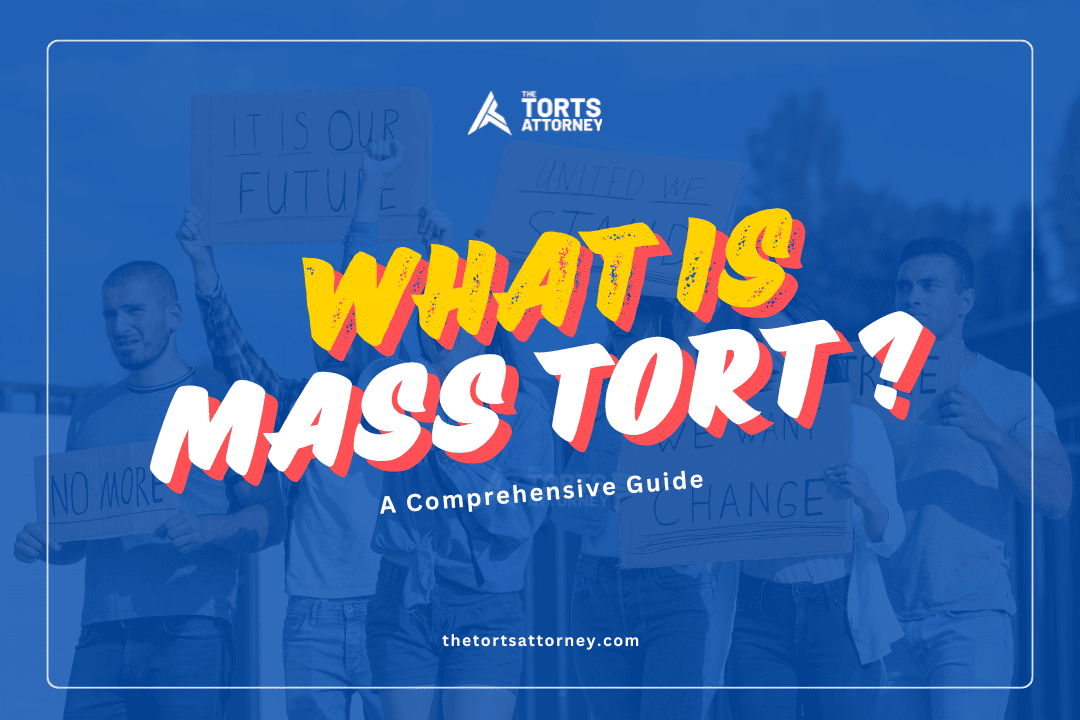
Mass tort is a legal term referring to a wrongful act or negligence that causes harm to a large number of people. Unlike a single lawsuit, mass tort actions involve multiple individual claims that arise from the same or similar circumstances, often against the same defendant. Examples of situations that lead to mass tort litigation include industrial accidents, product defects, environmental disasters, and harmful pharmaceutical drugs. These types of cases allow numerous injured individuals to seek justice and compensation through a collective legal process.
In this blog, we’ll explore the key aspects of mass tort, the differences between mass tort and class action lawsuits, and the reasons why mass tort cases are crucial for consumer rights and corporate accountability.
Mass tort lawsuits often arise from major accidents or instances of corporate negligence. Some common examples include:
In these cases, mass torts enable the injured parties to bring their individual claims to court, often leading to collective settlements or compensation.
Mass tort litigation involves the filing of individual lawsuits that share common legal issues. These cases are generally grouped together in a process called multidistrict litigation (MDL) to streamline the legal proceedings. While each plaintiff files their own lawsuit, the discovery process (the phase where evidence is gathered) is typically shared across cases.
This process saves time, reduces court costs, and allows for the efficient handling of cases that involve hundreds or even thousands of injured individuals. Unlike class action lawsuits, where one representative plaintiff stands for the entire class of individuals, in mass torts, each plaintiff’s case is treated individually with a focus on their specific injuries and damages.
While both mass tort and class action lawsuits involve multiple plaintiffs, they differ significantly in their structure:
This distinction makes mass tort litigation a better choice for cases where the injuries suffered by individuals vary significantly, while class actions are more suitable when everyone involved has experienced similar damages.
Mass tort cases serve a critical role in ensuring that large corporations are held accountable for widespread harm. By allowing individuals to seek compensation for their specific damages, mass torts help ensure that each victim’s voice is heard in the legal system.
Here are some frequently asked questions that help clarify how mass tort works:
Any event where numerous people suffer harm or injury due to a common cause can qualify as a mass tort. Examples include defective medical devices, toxic environmental spills, or large-scale accidents.
The duration of mass tort litigation depends on the complexity of the case, the number of plaintiffs involved, and how willing the defendant is to settle. Some cases can take years to resolve.
A mass tort case involves multiple plaintiffs filing individual lawsuits based on the same harmful event, whereas personal injury cases typically involve one plaintiff suing for damages in a standalone lawsuit.
Once you settle your claim, you typically waive your right to join future litigation. If you believe you are entitled to additional compensation, it’s important to consult a legal expert before settling.
Mass torts frequently involve multidistrict litigation (MDL) because it helps streamline the legal process for cases that involve numerous plaintiffs. However, not all mass tort cases are handled in MDL.
Mass tort litigation offers a vital legal avenue for individuals harmed by corporate negligence, environmental disasters, or defective products. By consolidating similar individual lawsuits, mass torts allow plaintiffs to fight for justice while ensuring that their unique injuries are considered. If you believe you’ve been harmed by a defective product, toxic exposure, or large-scale accident, consulting with an experienced mass tort attorney is essential to protect your rights and seek compensation.
By understanding the basics of mass tort, you can better navigate the complexities of such legal actions and make informed decisions about your case.
1 Comment
Rosa William
Thanks for this clear info! I finally understand the difference between mass tort and class action lawsuits. It helped me figure out what steps to take for my case. Really appreciate the simple breakdown!